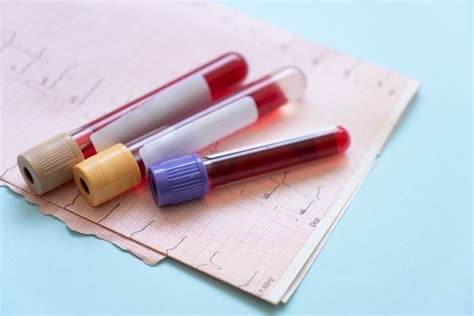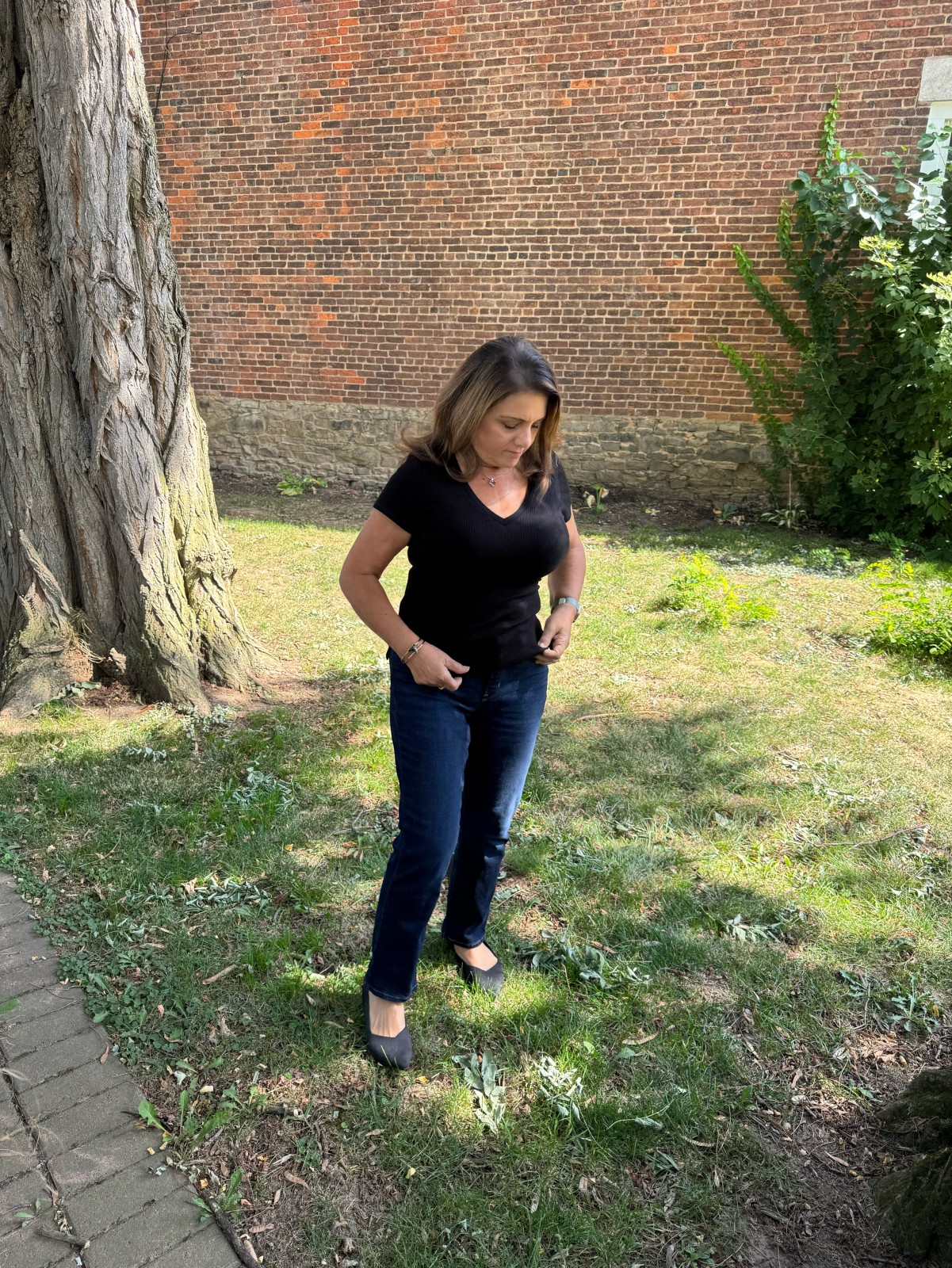
Warning Signs: What Does a Blocked Artery Feel Like?
When we hear about blocked arteries, we often think of them as a possible culprit for heart attacks. However, blocked arteries can happen in any part of our body, and the symptoms can be subtle, vague, or non-existent. It's important to know what to watch out for to avoid further health complications. Here's an overview of what a blocked artery feels like and how to prevent it.
Tightness and Chest Pain
The most common symptom of a blocked artery is chest pain or angina. You may feel a tightness, pressure, burning, or squeezing sensation in your chest. The pain can also spread to your arms, neck, jaw, back, or stomach. It usually occurs during physical activity or stress and goes away with rest. However, if the pain is severe, sudden, or lasts longer than a few minutes, it could be a sign of a heart attack. Don't hesitate to seek emergency medical attention.
Shortness of Breath and Fatigue
Another sign of a blocked artery is shortness of breath or dyspnea. You may feel like you can't catch your breath, especially when you're exercising or climbing stairs. You may also feel exhausted or weak all the time, even if you're getting enough sleep. These symptoms can be caused by an insufficient blood supply to the lungs or a reduced oxygen flow to the body. They can also be a warning sign of other cardiovascular diseases, such as heart failure or arrhythmia.
Swelling and Discoloration
If a limb is affected by a blocked artery, you may notice swelling, discoloration, or coolness in that area. For example, if you have a blocked artery in your leg, your foot or ankle may look swollen, bluish, or pale. You may also feel numbness, tingling, or weakness in that limb. These symptoms can be caused by atherosclerosis, which is the buildup of plaque in the arteries that supply oxygen and nutrients to the tissues. If left untreated, atherosclerosis can lead to a more severe condition called peripheral artery disease (PAD).
Headache and Dizziness
Blocked arteries can affect the blood supply to the brain, leading to headache, dizziness, confusion, or even stroke. You may experience a sudden or severe headache that is different from your usual headaches, or you may feel dizzy or lightheaded when standing up or bending over. These symptoms can be caused by carotid artery disease, which is the narrowing or blockage of the arteries in the neck that supply blood to the brain. It is a serious condition that requires prompt medical attention.
Prevention and Treatment
The best way to prevent a blocked artery is to adopt a healthy lifestyle, including a balanced diet, regular exercise, stress management, and avoiding smoking and excessive alcohol intake. You should also get screened for cardiovascular risk factors, such as high blood pressure, high cholesterol, diabetes, and family history of heart disease. If you have a blocked artery, your treatment options may vary depending on the location, severity, and cause of the blockage. They can range from lifestyle changes and medication to surgery and minimally invasive procedures, such as angioplasty, stenting, or endarterectomy.
Blocked arteries are a common cause of many cardiovascular diseases, and their symptoms can vary depending on the affected area and severity. If you experience any of the warning signs mentioned above, don't ignore them and seek medical advice promptly. Early detection and treatment can prevent further complications and improve your overall health and quality of life. Remember to prioritize your heart health and take care of yourself holistically!
Here’s the link to what I use to support healthy heart function.
Get my free guide “Anti _Inflammatory Guide - foods to avoid, foods to enjoy!”
Ask me about the 11 day jumpstart to lose 7-15 lbs and reduce inflammation.
Disclaimer: The information in this article is for educational purposes only and should not be considered medical advice. Please consult with a healthcare professional before making any changes to your diet or lifestyle.
















0 Comments